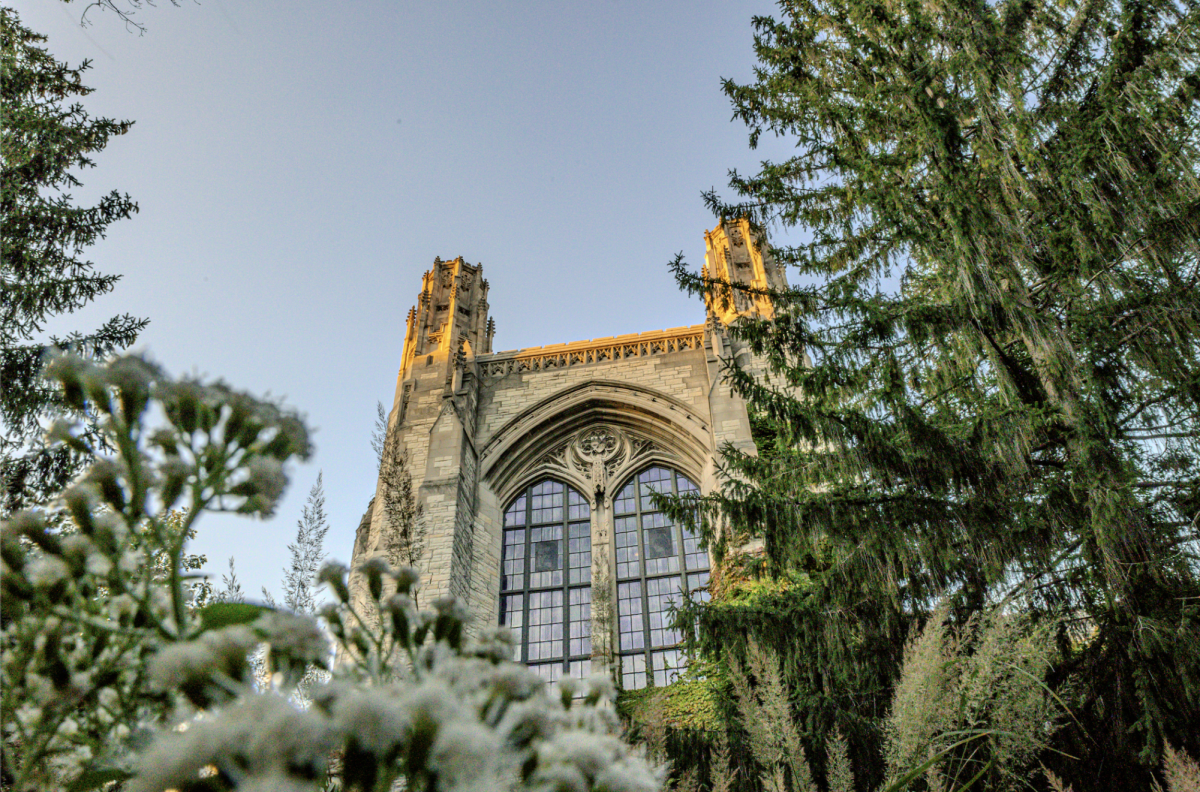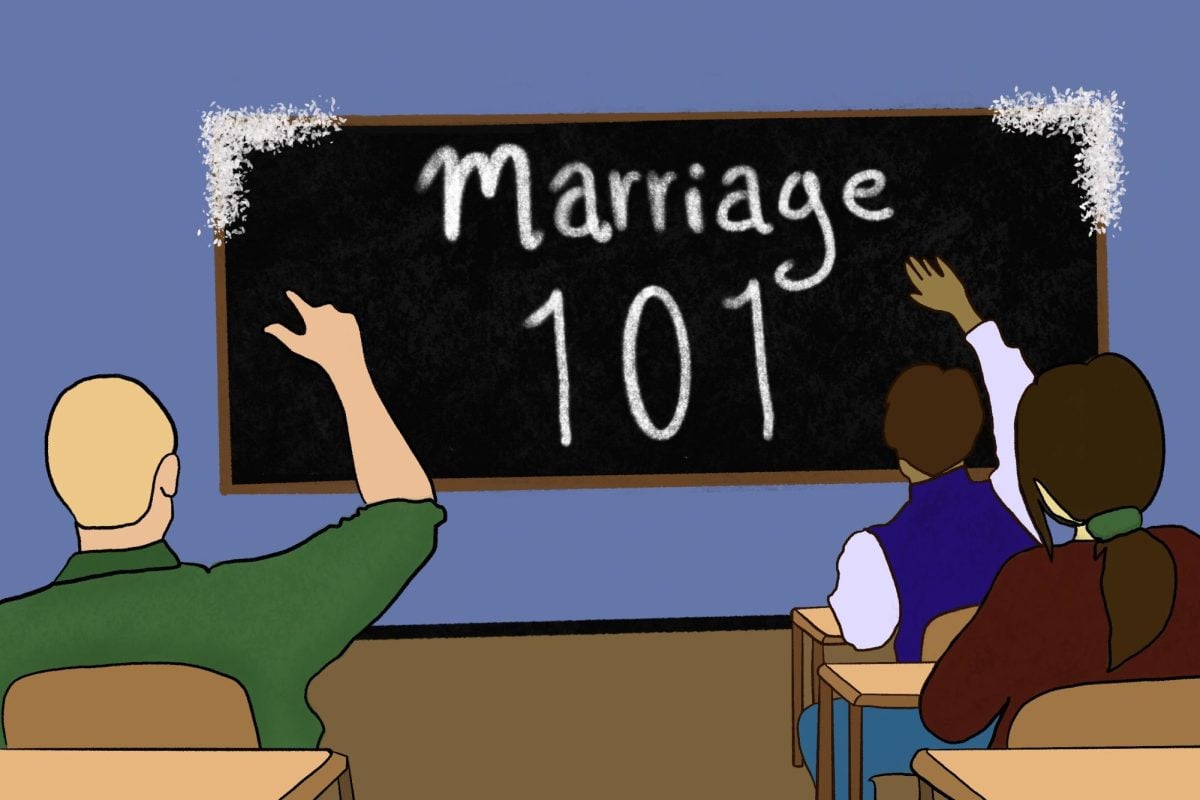There are any number of metrics to measure the success of a university: grad school placement, research funding and football victories are all reasonable. One set of stats, though, tends to jump out above all others: admissions.
Northwestern scored a major victory on that front this week when it announced it had received 30,529 applications from potential undergraduates hoping to join the class of 2015. That number represents a jump of more than 10 percent from last year’s application pool. Even more staggering is the fact that just five years ago, NU received only 16,000 applications – meaning in half a decade, NU has nearly doubled the number of high school seniors who want to head to Evanston.
“The increase in applications affirms Northwestern’s position among the most selective institutions while reflecting the University’s increased efforts in achieving diversity,” Mike Mills, associate provost for enrollment management at NU,said in a news release.
In addition to an increase in regular decision applications, NU saw an increase in Early Decision applications in November. The school received 2,100 applicants for early admission, up 25 percent from the year before.
Perhaps most important to the school, though, is the increase in students of color and students from the city of Chicago. Almost 1,000 students from Chicago Public Schools applied this year – another 25 percent increase from the previous year. Applications from African-American and Latino students are also up “significantly,” according to the University’s news release, though it did not give specific numbers.
The school has made attracting more minority applicants and students from local public high schools a major focus for the past several years. Various financial aid packages have been part of this drive, including the launch last fall of the “Good Neighbor, Great University” program, which offers aid to Evanston and Chicago students based on need, including a full scholarship in some situations.
NU is planning on the Class of 2015 having 2,025 students. The larger pool of applicants will result in a smaller percentage of admitted applicants, a key factor in various college rankings systems. Moving up in these rankings has been an important goal of the school under second-year University President Morton Schapiro.
Check back next week for an in-depth story examining the applications numbers.
bengeier@u.northwestern.edu






